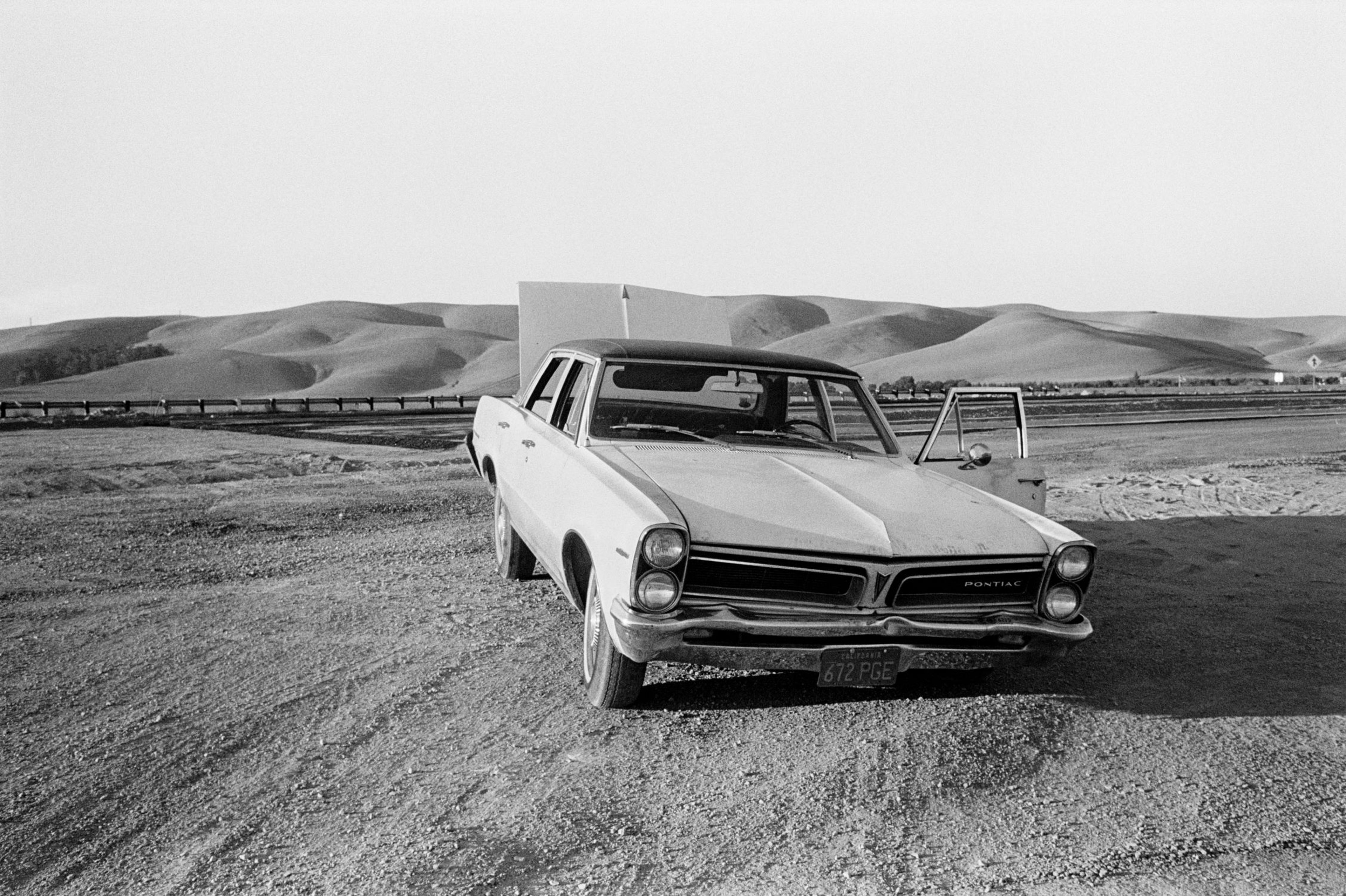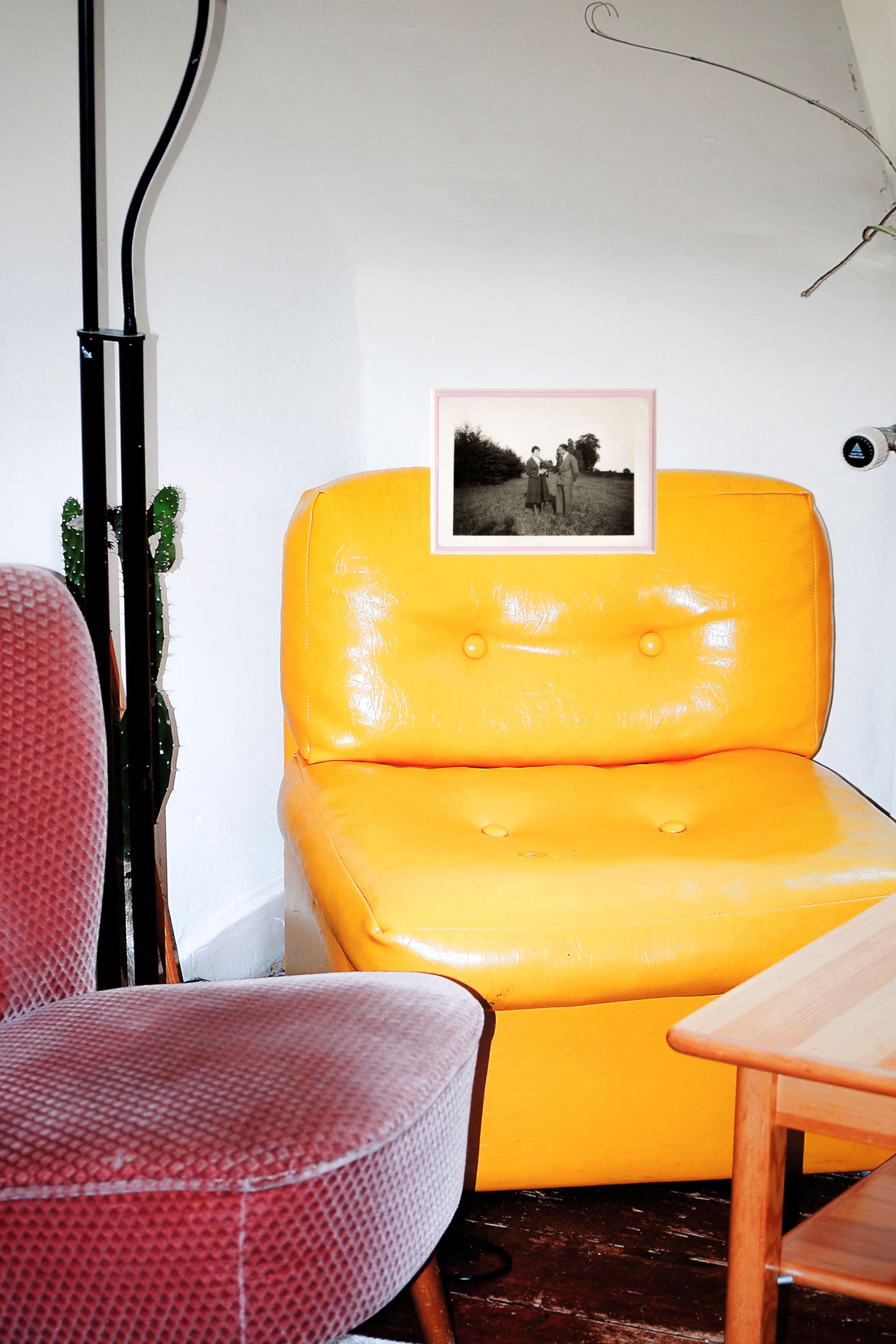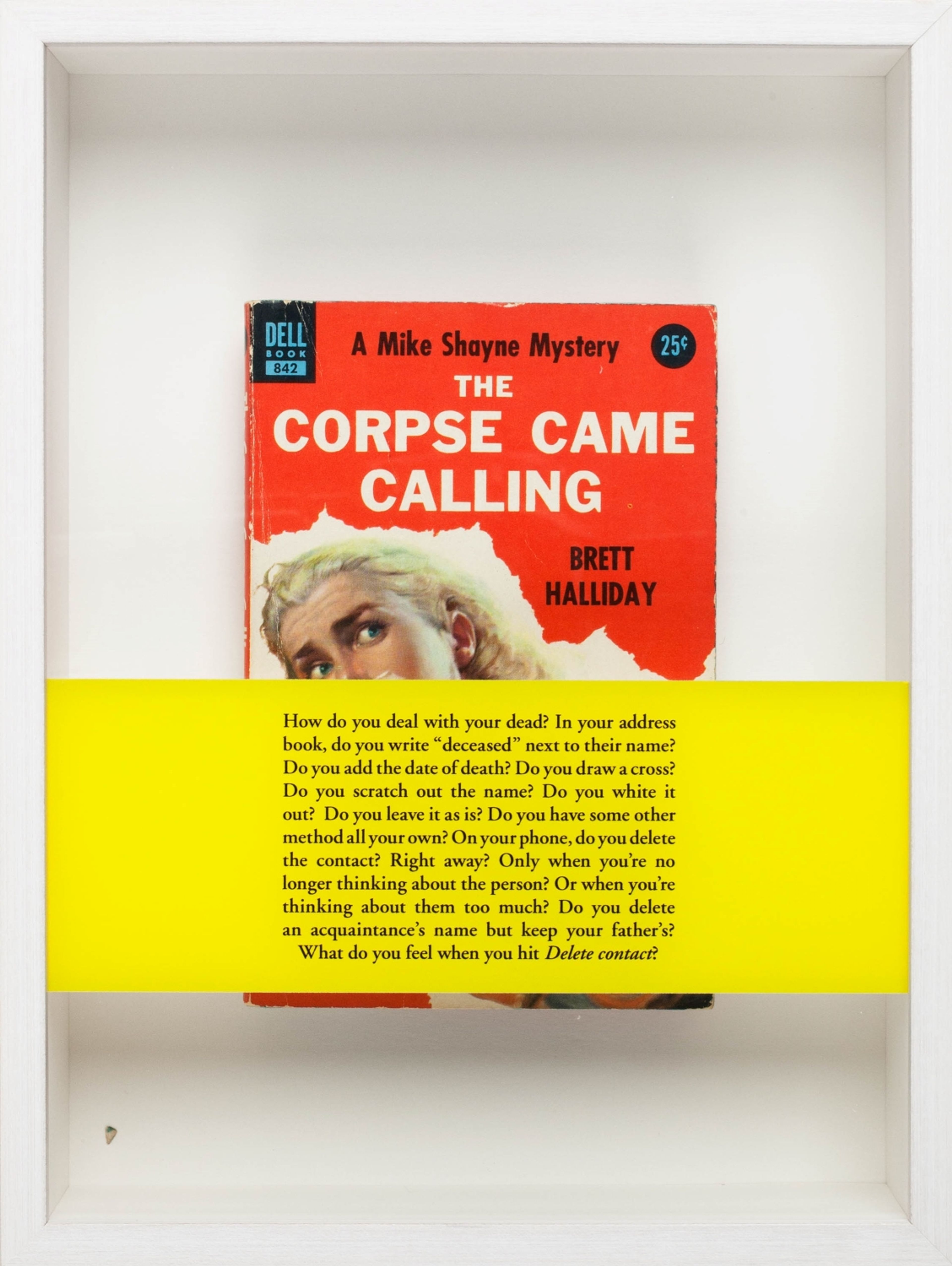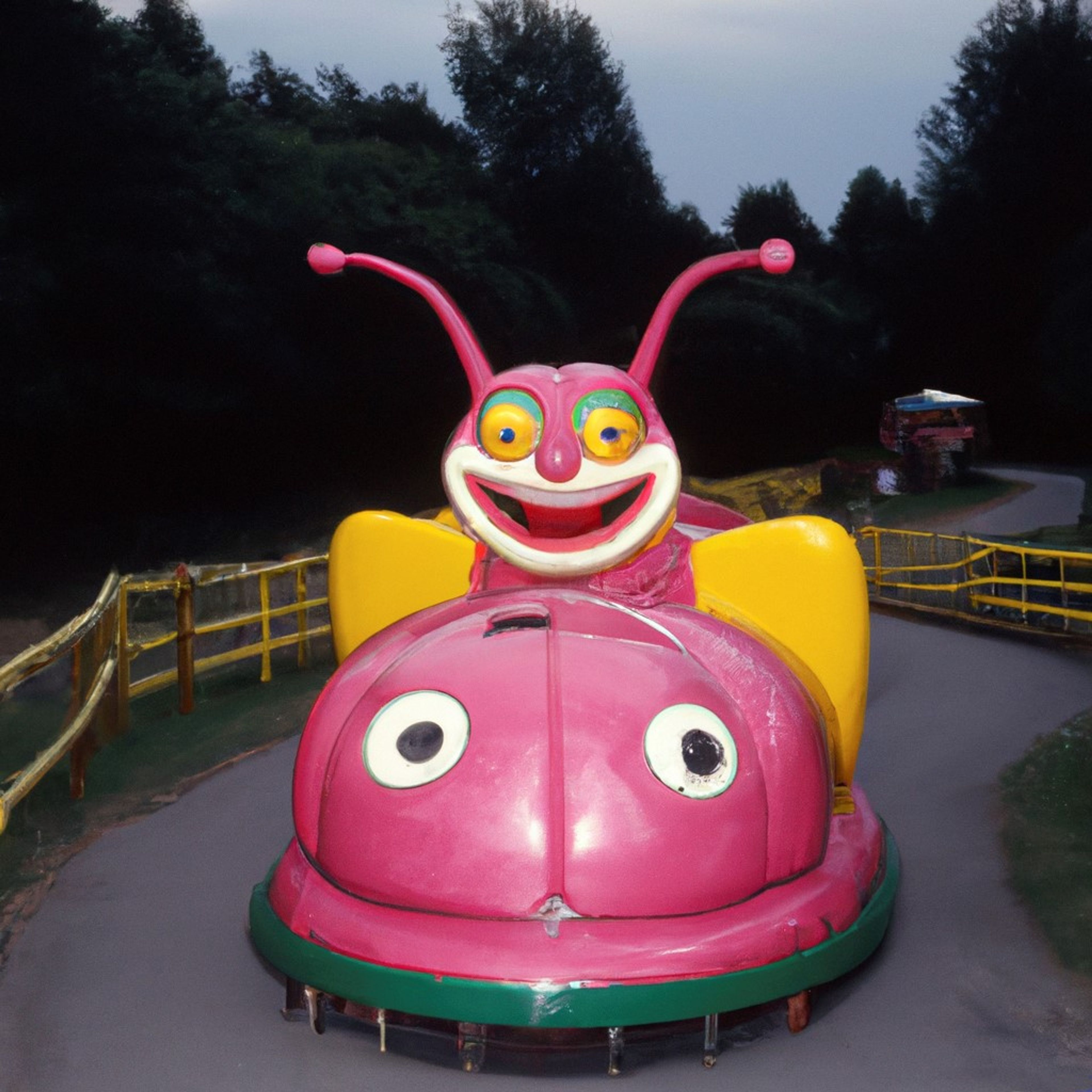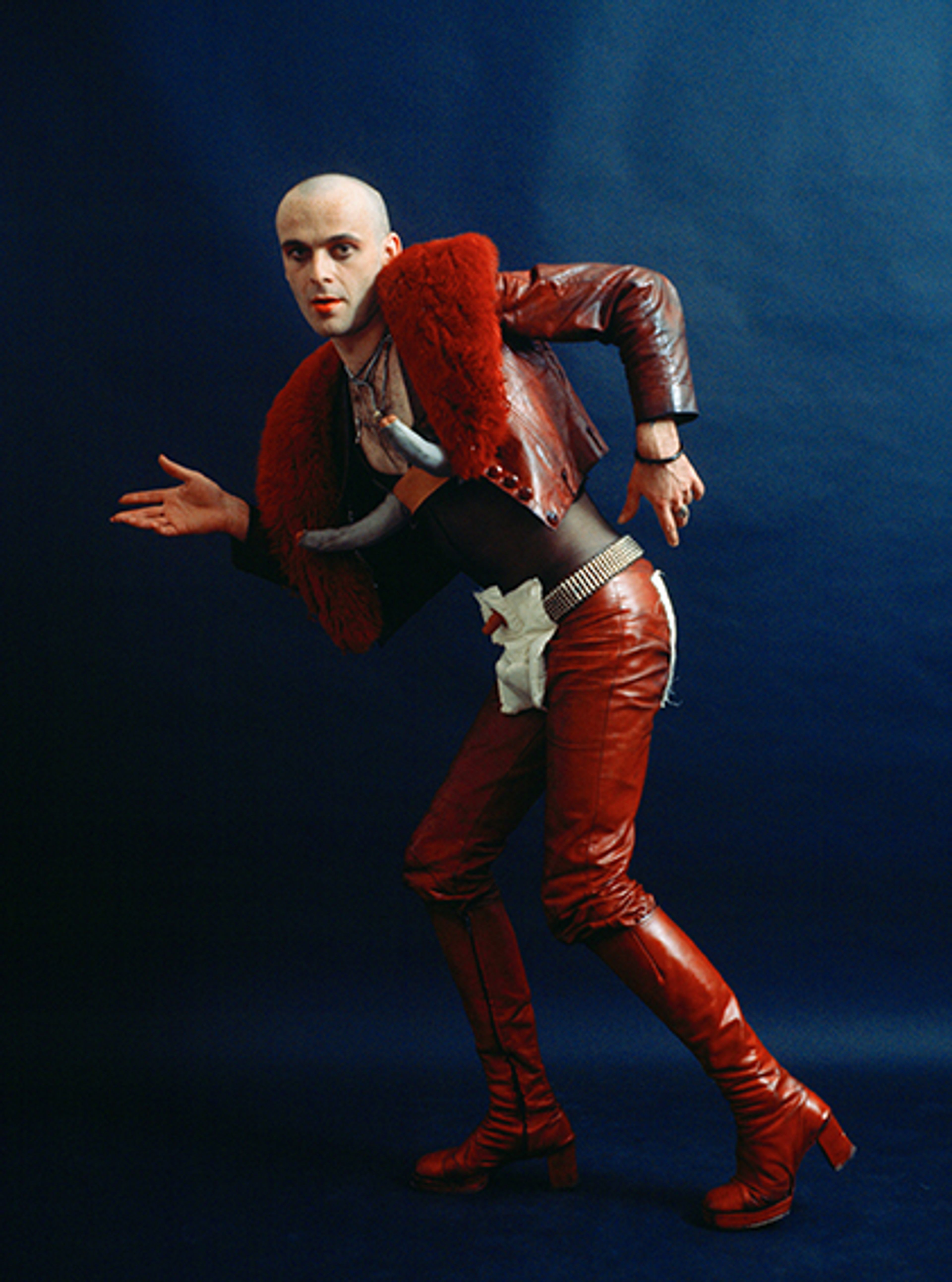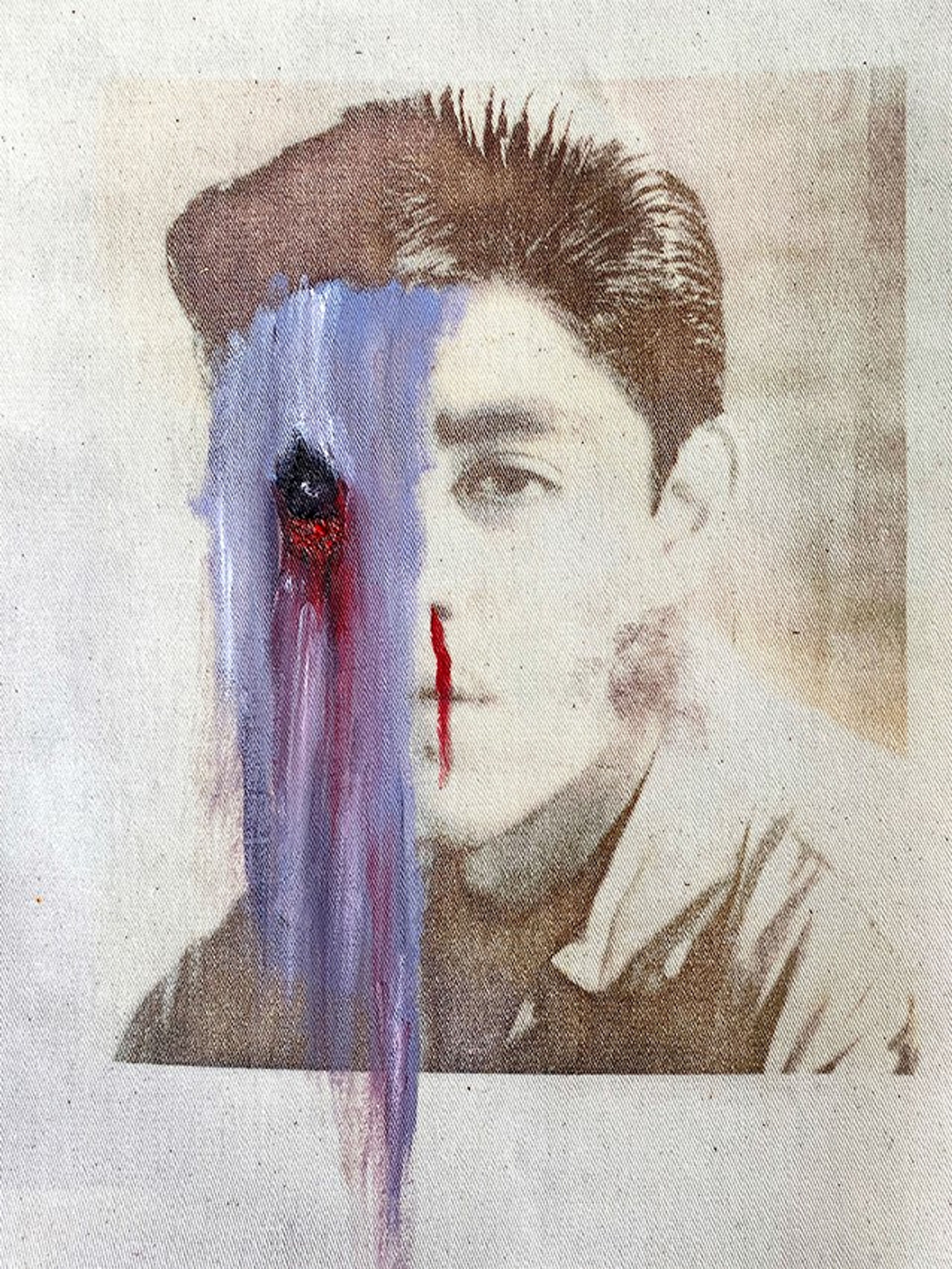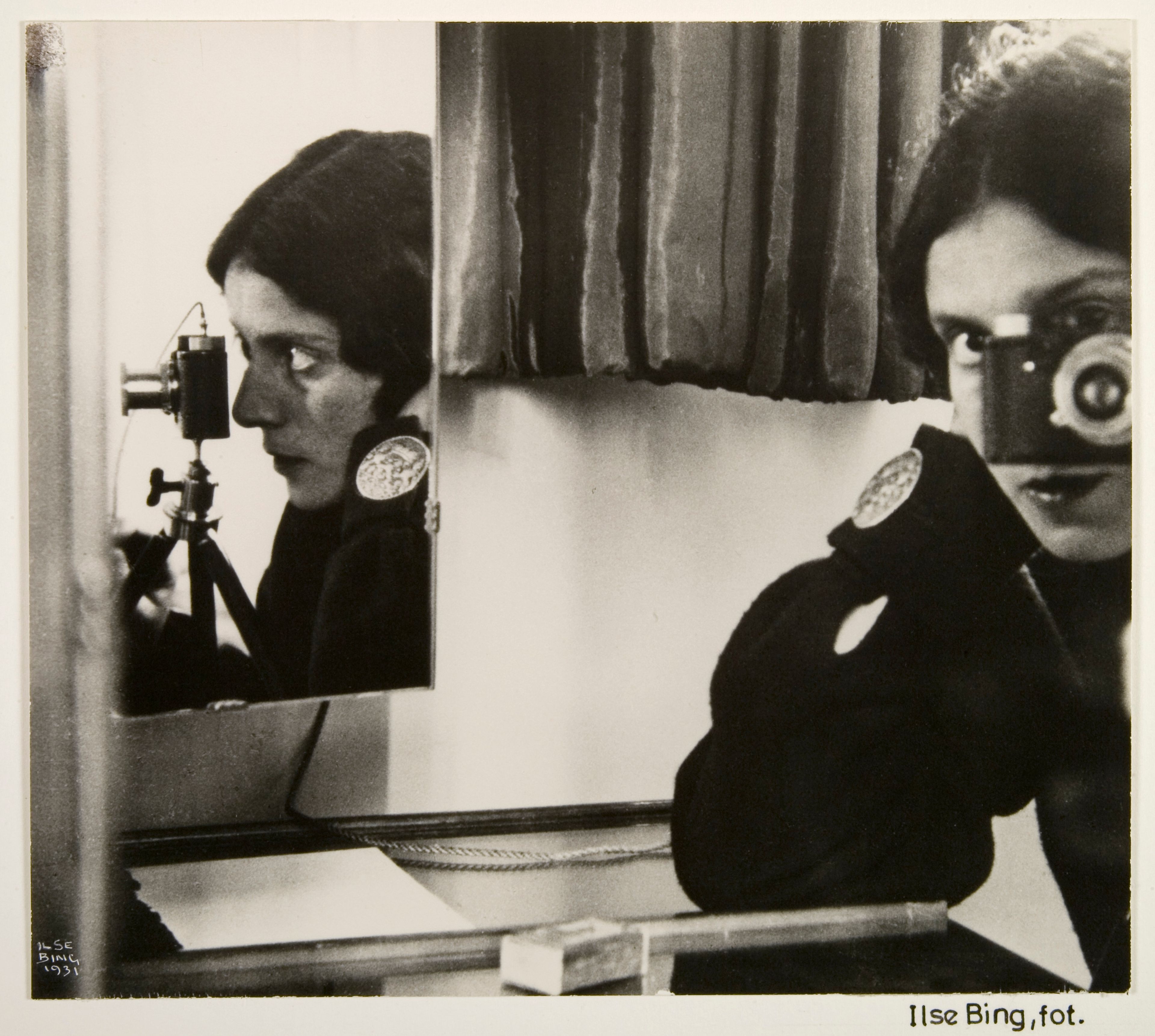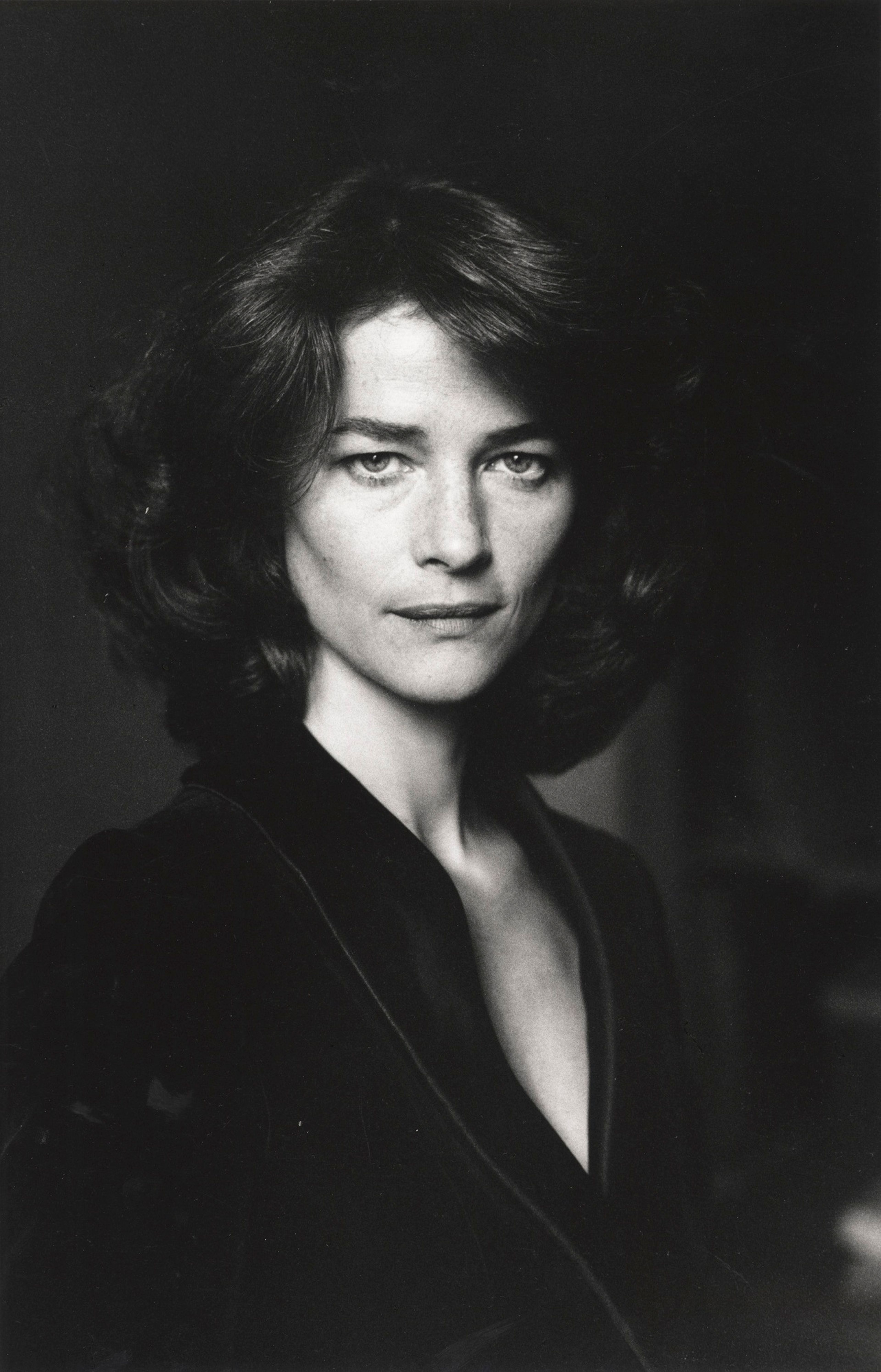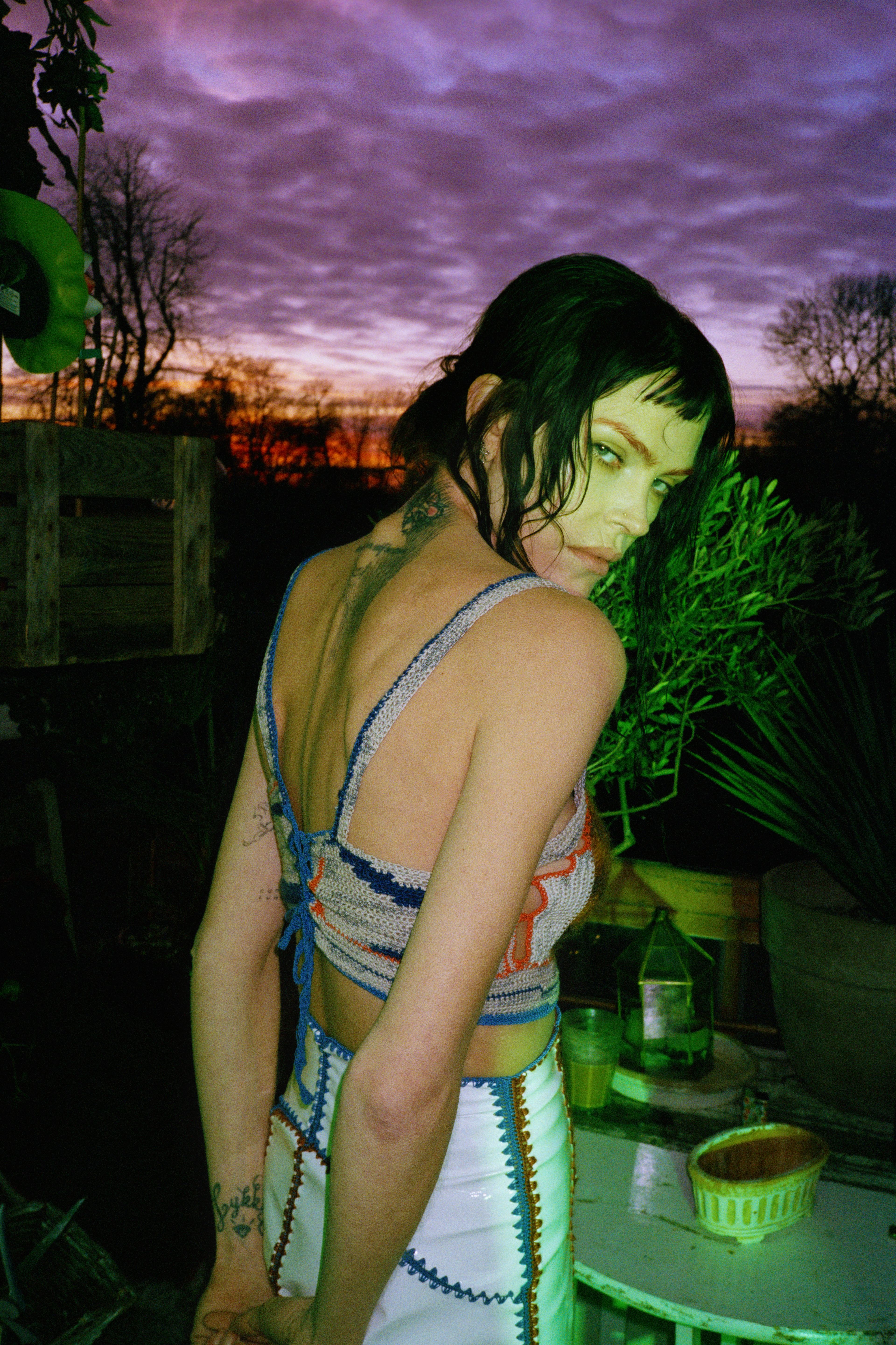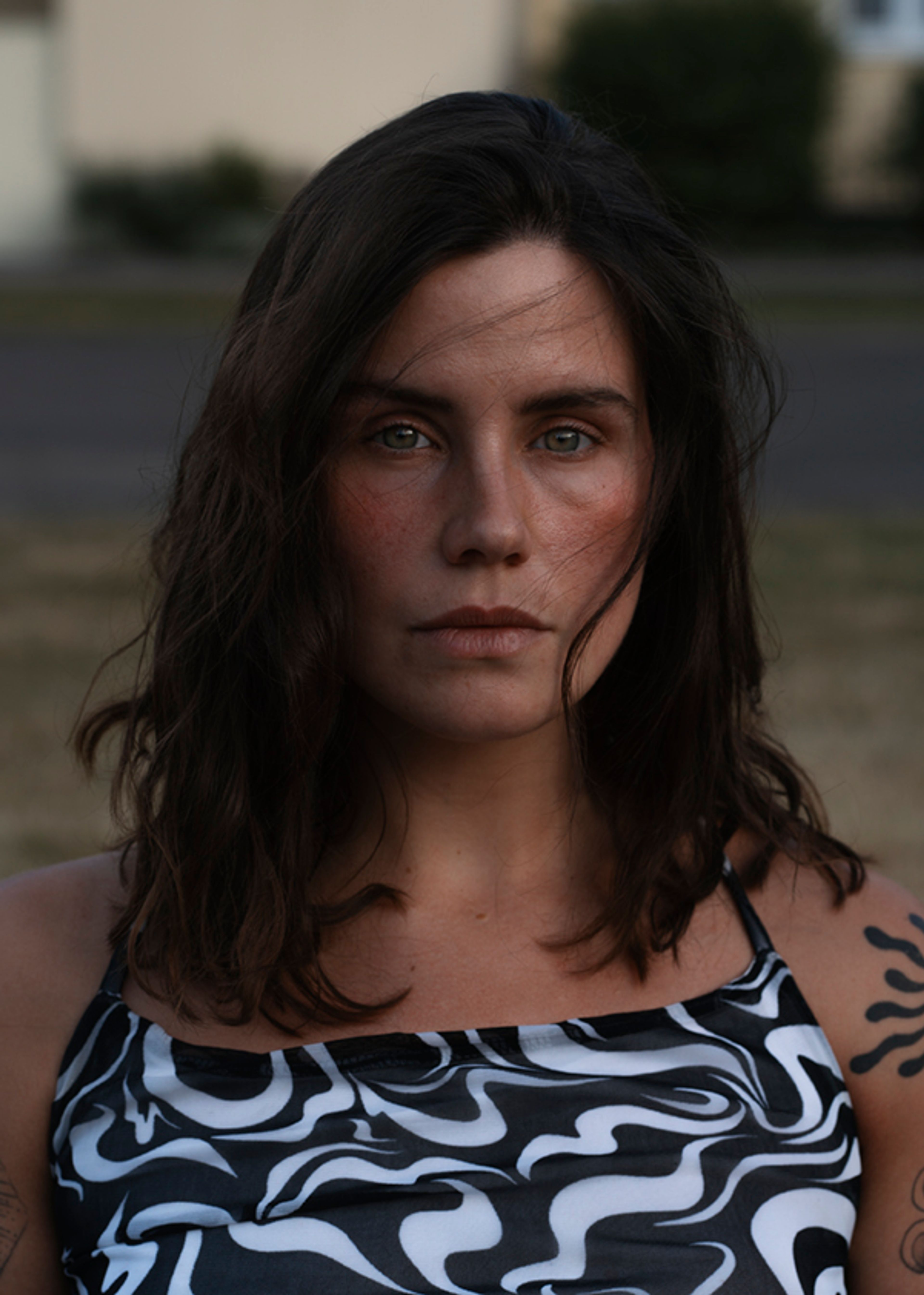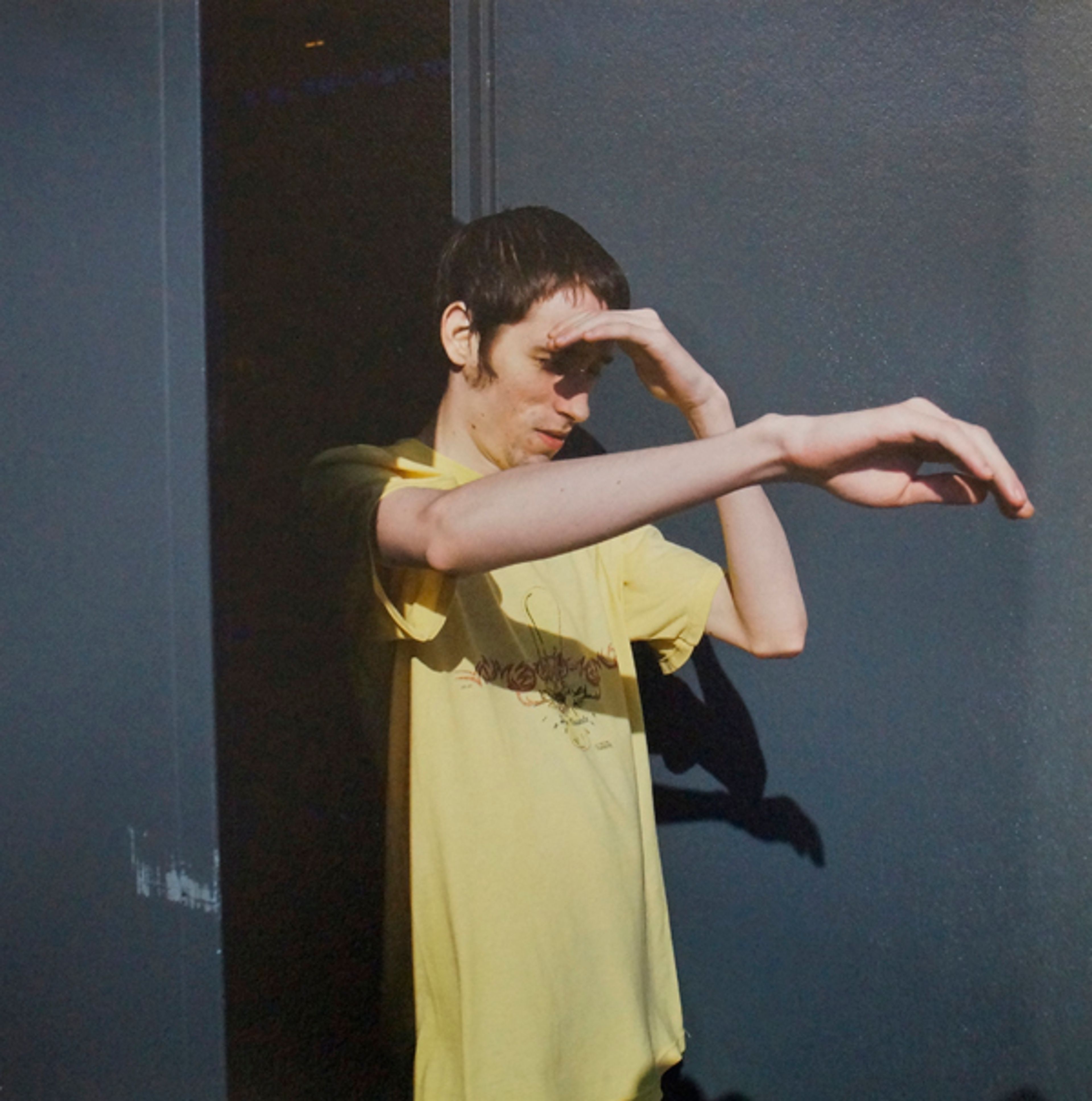Mimi Plumb, Highway 4, from the series The White Sky, 1975
© Mimi Plumb
RAY Echoes. Memory
30.05.–22.09.24
Deutsche Börse Photography Foundation
The exhibition RAY Echoes Memory brings together seven international artistic positions that explore the role of photography as a carrier of memory. In their works, the artists examine how missing or vague memories can be (re)created through photographic images. They visualise the elasticity of our memory in storing and reproducing the past and show how what we have seen fades and is replaced by new images.
In her series memories I don’t have, the German artist Johanna Schlegel thus searches for a way to visualise the missing memories of her childhood. By chemically processing photographs from her family album, she creates blurs on the surface of the images that express the gaps in her memory. The feeling of anxiety and climatic threat that the American artist Mimi Plumb associates with memories of her youth in the small town of Walnut Creek on the West Coast of the United States pervades the cool photographs in her series The White Sky. The German artist Jana Bissdorf creates a link between different levels of time and narratives in her group of works collectively entitled Wege zum Glück, for which she physically combines found black-and-white images with her own colour photographs, thus creating new associative spaces between the present and the past. In the series Being there, created together with Lee Shulman, the founder of the Anonymous Project, the Senegalese artist Omar Victor Diop places himself retrospectively in the snapshots of a white US-American middle class of the 1950s and 1960s with such playful lightness and irony that the political message of the group of works is not immediately apparent. In Walking back to happiness, the British artist Maisie Cousins uses artificial intelligence to create images of unphotographed childhood memories, in this case of an amusement park she used to visit. The work of the French artist Sophie Calle revolves on various levels around questions of memory and transience and the gaps that both leave behind. She shares her associated inner monologue in touching combinations of image and text. The questioning of transience through the medium of photography can also be found in the works of the US-American artist Nicholas Nixon, who, in the impressive series The Brown Sisters, portrayed his wife Bebe and her three sisters together every year from 1975 to 2022.
Opening hours
- Visits as part of guided tours with advance booking via the website and on Open Saturdays (14 septmeber) without advance booking
Free entry
Plan route
https://www.deutscheboersephotographyfoundation.org/de/veranstaltungen.php
